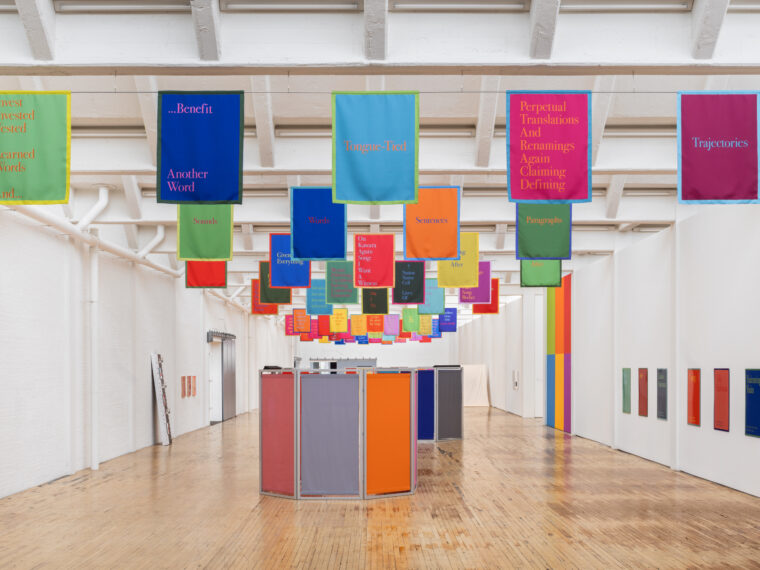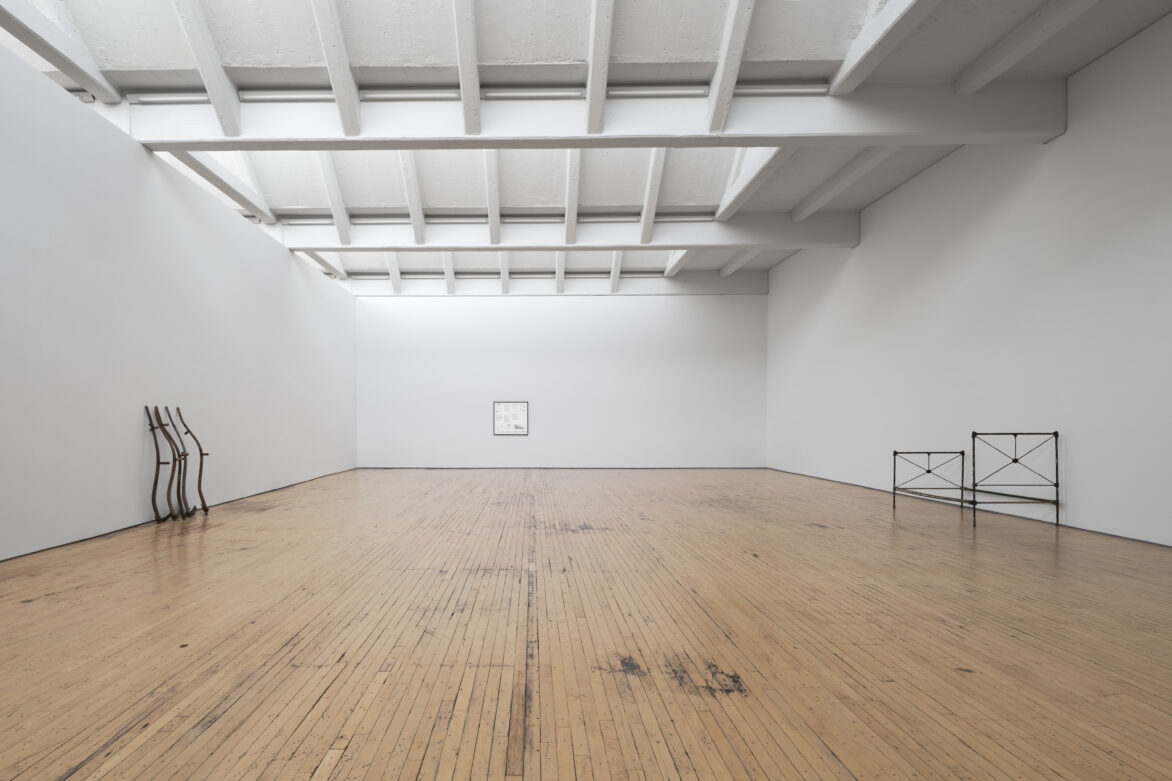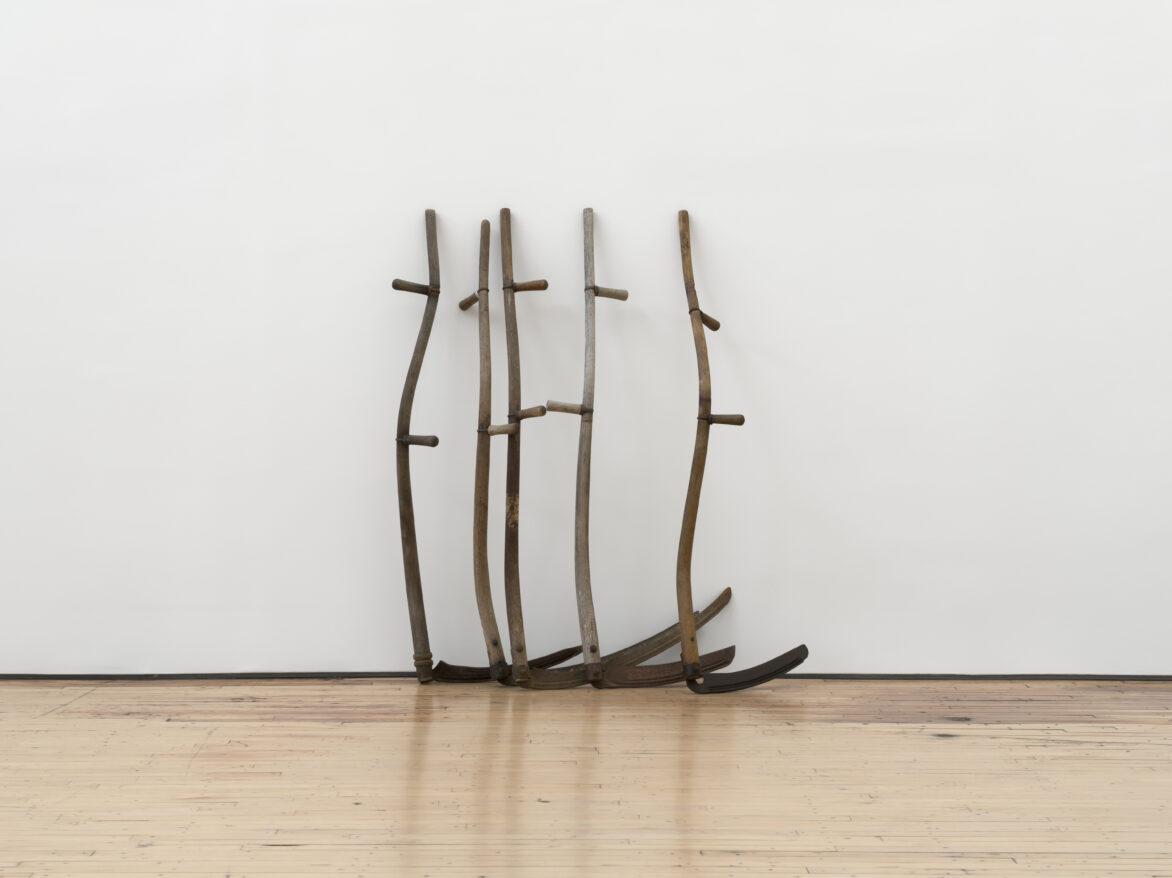
Cameron Rowland: Properties
See Also

“The Foundation’s commitment to supporting artists by funding the institutions that incubate, encourage, exhibit and critically engage their work is unwavering. Non-profit arts organizations face profound challenges due to the political, economic, social and cultural upheavals of our current moment. At the same time, and more than ever, artists need the supportive community and creative encouragement that these organizations provide.”
Joel Wachs, President

